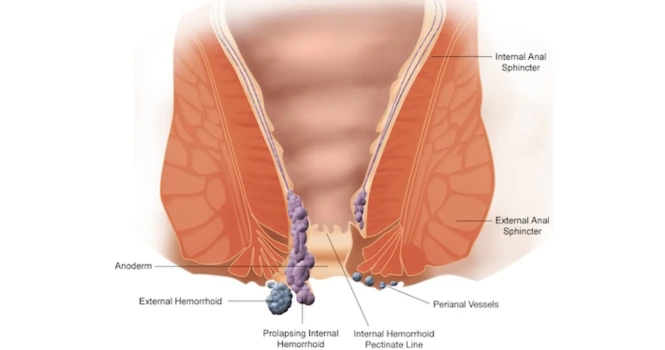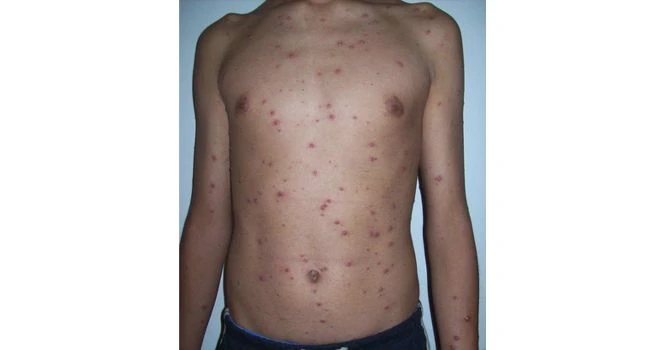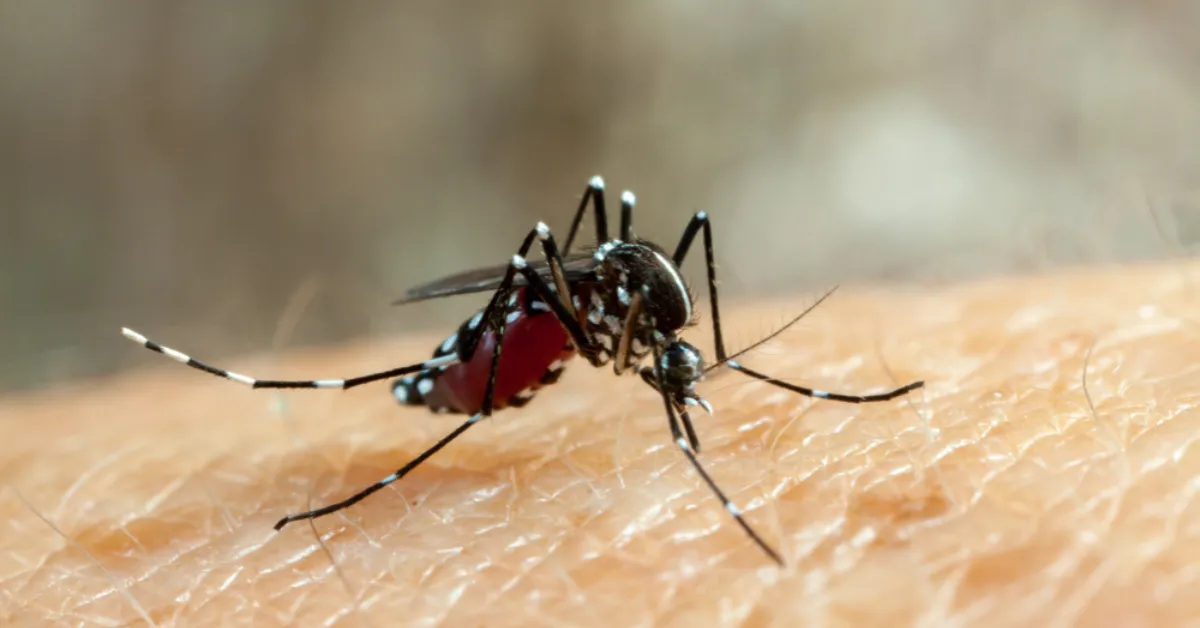Do You Need A Tetanus Shot?
Can you get Tetanus from a Scratch ?
Are Tetanus Shots Necessary?
We will go into the details of these questions, Before that Lets understand few basics about Tetanus
What is Tetanus?
An acute disease, caused by exotoxin of Clostridium Tetani and clinically characterized by muscular rigidity which persists throughout the illness, and occuring at intervals are painful paroxysmal spasms of voluntary muscles especially
- Muscles of masseter (Trismus or Lockjaw)
- Facial Muscles (Risus Sardonicus)
- Muscles of Back and Neck (Opisthotonus)
- Muscles of Lower limb and abdomen
Trismus is restricted mouth opening caused due to spasm of muscles used in chewing moand Wilson’s disease.
Opisthotonus is an abnormal position of the body due to spasms of extensor muscles of the neck, trunk and lower extremities, which produces severe arching from neck to heel and the trunk is elevated from the ground by a few inches.
Risus Sardonicus is the characteristic grinning look, when there is sustained spasm of the facial muscles. It is seen in tetanus and also in other conditions, such as strychnine poisoning
What Causes Tetanus?
Tetanus is caused by a bacterium which is rod shaped, called Clostridium Tetani, which produces an exotoxin, namely Tetanospasmin, which has an affinity for nervous tissue.
Clostridium Tetani is gram positive, anaerobic, spore bearing organism. The Tetanus spores are highly resistant to boiling, cresol and cresol.
Where Tetanus Spores are found?
The Natural habitat of tetanus spores is soil and dust, which means they are present everywhere, all around us.
They are also found in the intestines of herbivorous animals like cattle, sheep and are excreted in their feces.
They are also found frequently in the intestine of man, without causing any ill effects.
They survive in nature for many years.
Why get a Tetanus shot within 6 hours?
You might have heard time and again that you should get Tetanus vaccine as soon as possible or within 6 hours. So
What’s the maximum time limit for tetanus injection ?
Does a tetanus shot work after injury?
What is the time limit after injury to get Tetanus shot?
We have seen that Tetanus bacilli produces a soluble exotoxin, it’s a neurotoxin, which has an affinity for nervous tissue.
It has an astounding lethal toxicity, exceeded only by botulinum toxin.
The lethal dose for a 70 kg man is about 0.1 mg.
That is to kill a man weighing 70 Kilogram, the toxin required is only 0.1 mg and the possibility of the bacilli forming the lethal dose in the wound might be as early as 6 hours. So it is recommended to get it as early as possible, in a person whose immunity status is not known.
Incubation Period
Incubation period is usually 6 to 10 days but it could be as short as 1 day and could be as long as several months.
Incubation period is the time from exposure, as in this case a cut or scratch or puncture wound to the appearance of the first symptom.
Before we go into the appearance of the first symptom, let’s see how tetanus is transmitted.
Modes of Transmission
Mode of transmission is by direct contact with the spores,and enters the body through breaks in skin as in cuts, scratches or wounds and in the absence of oxygen, these spores produce Tetanospasmin, which attaches to the nervous tissue to cause the symptoms. It does not spread from person to person.
The range of injuries and accidents which may lead to tetanus are
- Trivial pin prick
- Skin abrasion
- Puncture wounds
- Burns
- Human bites
- Animal bites and stings
- Unsterile surgery
- Intrauterine death
- Bowel surgery
- Dental extractions
- Injections
- Unsterile division of umbilical cord
- Compound fractures
- Otitis media
- Chronic skin ulcers
- Eye infections
- Gangrenous limbs.
Signs and Symptoms of Tetanus
The first symptom to appear might be,
- Pain and tingling at the site of inoculation or wound, followed by abnormal increase in muscle tone or stiffness of muscle
- Stiffness of the Jaw
- Neck Stiffness
- Difficulty in swallowing
- Irritability
Patient with tetanus feels like he is not able to open the mouth completely.
When to get a Tetanus Shot?
After a cut , scratch or any of the above described conditions, it is important to clean the wound thoroughly to remove foregin particles, soil, dust or any dead skin or tissue. We are cleaning the wound thoroughly, as we are making the conditions unfavorable for the spores to produce the deadly exotoxin.
Exotoxin is produced in absence of oxygen or in other words, anaerobic conditions.
For Wounds
- Less than 6 hours old
- Clean
- Non penetrating
- Negligible Tissue injury
- For a person who has had a complete course of toxoid or a booster dose within the past 5 years —-> No Injection is required.
- For a person who has had a complete course of toxoid or a booster dose more than 5 years ago and less than 10 years ago —-> Toxoid 1 Dose
- For a person who has had a complete course of toxoid or a booster dose more than 10 years ago —-> Toxoid 1 Dose
- For a person who has not had a complete course of toxoid or immunity status is unknown, then Toxoid complete course.
Other Wounds
- For a person who has had a complete course of toxoid or a booster dose within the past 5 years —> No Injection is required.
- For a person who has had a complete course of toxoid or a booster dose more than 5 years ago and less than 10 years ago —> Toxoid 1 dose
- For a person who has had a complete course of toxoid or a booster dose more than 10 years ago —-> Toxoid 1 dose + Human Tet Ig
- For a person who has not had a complete course of toxoid or immunity status is unknown, then Toxoid complete course + Human Tet Ig
Where is tetanus most common?
It is found more commonly in South Asia and Sub Saharan Africa, even though the tetanus spores are found all over the world. The incidence is less in developed countries due to the adequate protection from the vaccination programs.
Tetanus Neonatorum
In many countries, neonatal tetanus kills about 85 percent of those afflicted. The common cause is infection of the umbilical stump after birth, the first symptom being seen about the 7th day. Therefore tetanus is known as “8th day disease in Punjab .
In any country where hygiene is poor, neonatal tetanus may be common.
In United States of America, there are 30 reported cases of Tetanus Every year
Nearly all cases of tetanus are among people who did not get all the recommended tetanus vaccinations.
According to CDC, These vaccines help protect against tetanus and also provide protection against other diseases:
- DTaP protects against diphtheria, tetanus, and pertussis (whooping cough)
- DT protects against diphtheria and tetanus
- Tdap protects against tetanus, diphtheria, and pertussis
- Td protects against tetanus and diphtheria
Vaccine recommendation for Tetanus from CDC

Tetanus Prevention or Prophylaxis
Tetanus can be prevented by
- Active Immunization
- Passive Immunization
- Active and Passive Immunization
- Antibiotics
Active Immunization
Tetanus is best prevented by active immunization with tetanus toxoid, the one we get at the clinic after injury. It stimulates the production of the protective antitoxin.
To protect the entire community, we must vaccinate to ensure a protective level of antitoxin in the serum to approximately 0.01 IU/ml , throughout life.
Passive Immunization
Temporary protection against tetanus can be provided by an injection of human tetanus hyperimmunoglobulin (TIG) or ATS.
HUMAN TETANUS HYPERIMMUNOGLOBULIN
- It is the best prophylactic to use.
- The dose for all ages is 250 IU.
- It does not cause serum reactions.
- It gives a longer passive protection upto 30 days or more compared with 7-10 days for horse ATS.
Active and Passive Immunization
Simultaneous active and passive immunization is widely carried out in non-immune persons.
- The patient is given 1500 units of ATS or 250 units of Human lg in one arm, and 0.5 ml of adsorbed tetanus toxoid (PTAP or APT) into the other arm or gluteal region.
- This should be followed 6 weeks later by another dose of 0.5 ml of tetanus toxoid
- Third dose one year later.
Tetanus toxoid vs Tetanus antitoxin
The purpose of antitoxin is for immediate temporary protection, and the purpose of toxoid is for long-lasting protection.
Antibiotics
Antibiotics are given ASAP when there is injury to kill the Clostridium tetani bacilli but the antibiotic has no effect on the spores; but kills all the bacilli coming out from the spores before they are able to produce lethal dose of toxin.
A single intramuscular injection of 1.2 mega units of a long-acting penicillin (e.g., benzathine penicillin) will provide a sustained concentration of the drug for 3 to 4 weeks, which is sufficient to kill any vegetative forms of tetanus bacilli that may emerge from the sporulating stage.
Penicillin has no effect on tetanus spores. For patients who are sensitive to penicillin, a 7-day course of erythromycin estolate 500 mg 6-hourly by mouth will kill vegetative forms of Cl. tetani but not spores.
Tetanus Shot – Site and Dosage
Tetanus Shot is given in the Deltoid muscle and the dosage is 0.5 ml.
What are the side effects of a tetanus shot?
Tetanus Toxoid is relatively safe and does not hamper day today activities. Consult your doctor and discuss.
Frequently Asked Questions
1. Why Tetanus Shot after bee sting and after Dog bite?
Chances are spores can be found on the skin and when a bee stings or dog bites, the spores on the surface of the skin can enter the skin, and if it finds conditions favorable, like lack of oxygen, then spores can produce deadly exotoxin and hence Tetanus shot is required.
2. When tetanus injection is given during pregnancy?
To prevent Neonatal Tetanus. Tetanus toxoid will protect both the mother and her child.
3. How many tetanus injections during pregnancy?
In unimmunized pregnant women,two doses of tetanus toxoid should be given,
- The First as early as possible during pregnancy
- The second at least a month later and at least 3 weeks before delivery.
According to the National Immunization Schedule in India, these doses may be given between 16-36 weeks of pregnancy, allowing an interval of 1-2 months between the 2 doses.
In previously immunized pregnant women, a booster dose is considered sufficient. There is no need for a booster at every consecutive pregnancy, because of the risk of hyper-immunization and side-effects.vements, which results in Lockjaw.












